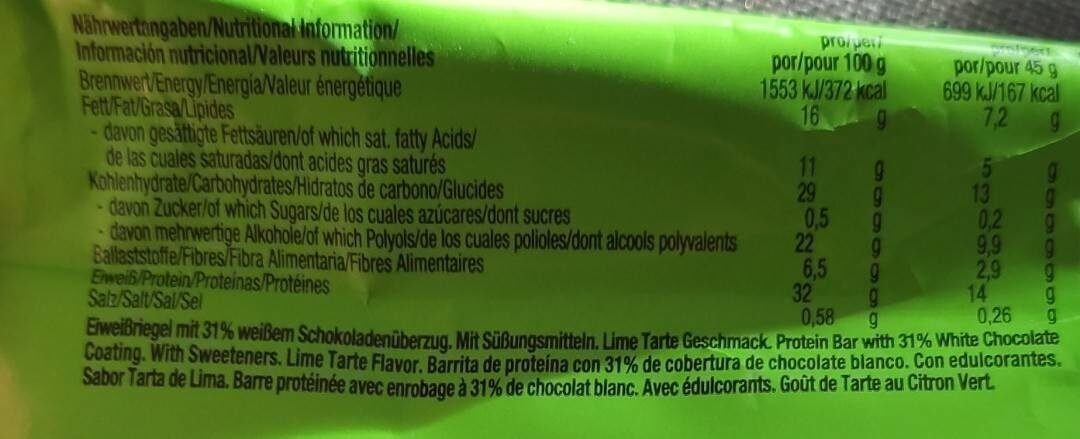Yippie! Lime Tarte Flavour - Weider - 45 g
Aquesta pàgina del producte no està completa. Podeu ajudar a completar-la editant-la i afegint-hi més dades a partir de les fotos ja disponibles, o fent-ne més amb l'aplicació de androide o iPhone / iPad. Gràcies!
×
Codi de barres: 4044782305072 (EAN / EAN-13)
Quantitat: 45 g
Empaquetament: Film
Marques: Weider
Codi de traçabilitat: 30507/VII-MMXXI
Enllaç a la pàgina del producte en el lloc oficial del productor: https://weidershop.de/produkte/kategorie...
Països on es va vendre: Espanya
Matching with your preferences
Entorn
Empaquetament
Transport
Report a problem
Fonts de dades
Producte afegit per kiliweb
Última modificació de la pàgina del producte per kiliweb.
La pàgina del producte, també editada per kurhesse, openfoodfacts-contributors, thaialagata, yuka.sY2b0xO6T85zoF3NwEKvlhVDf-LsixvbEjHitGC65PmNDJfXWtJx5pL2Mag, yuka.sY2b0xO6T85zoF3NwEKvlmZYcsPFrmr8Bz_RyRCA-NuBL7rYUcN-29L9aKs.








